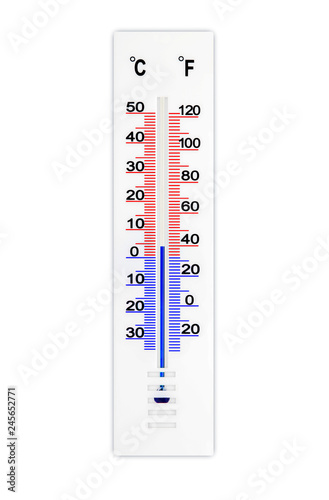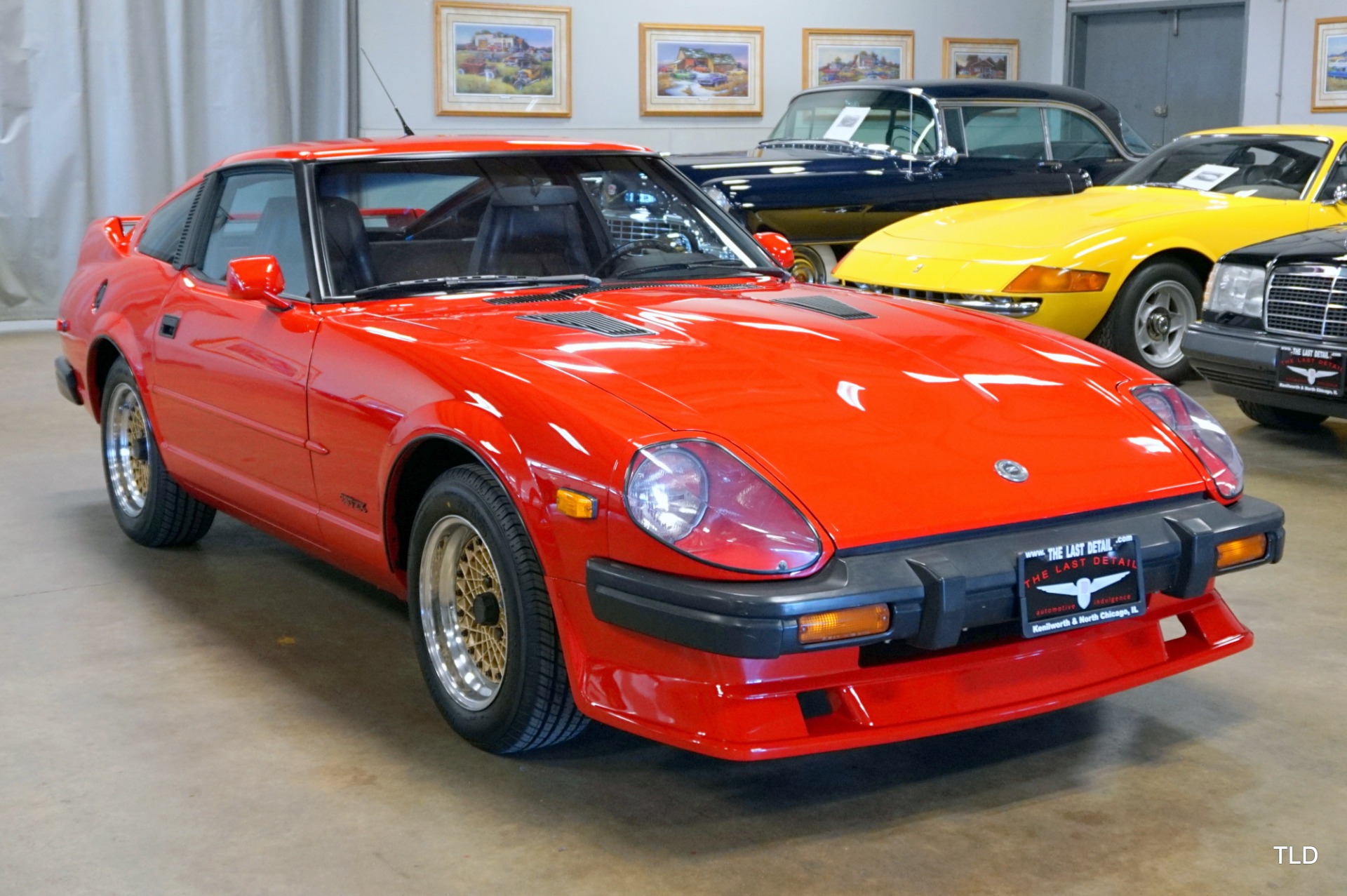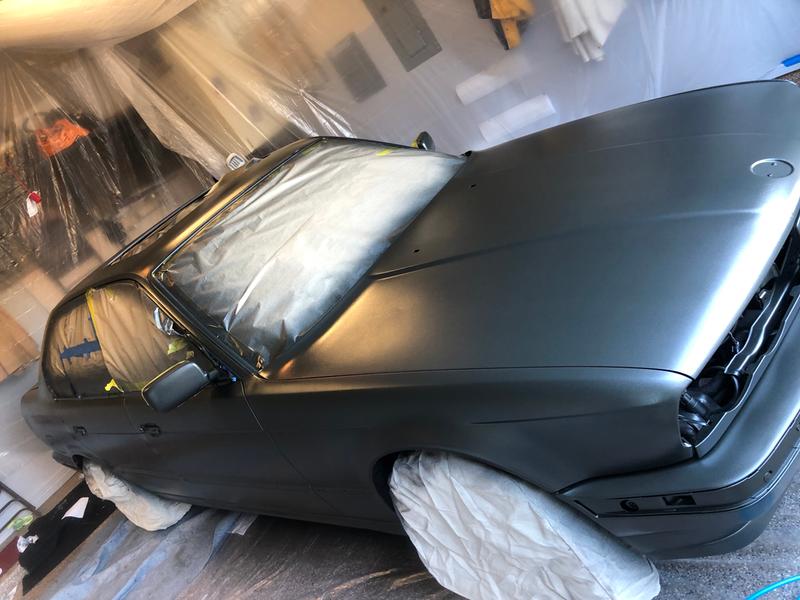Before I begin, I hope we all have a 2021 that allows us to all forget just how bad 2020 was. That really capped off quite a decade. Anyway, with the new decade now in front of us, let's all work together on making our little worlds more friendly, livable and Hapy. On that, I spent way more hours than I could count over the last few weeks clowning on this wiring. I work slowly, so even when I have a huge block of time, meticulous work takes nearly forever. I got so carried away in fact, I missed my usual posting day this week, so this one is a little late. HNY!
Wiring Diagram
I have completed the wiring diagram. I mentioned in a comment on that last post that I had to start over because of differences between the Jetta and New Beetle of the same year. So goes. I now have a 12-page custom wiring diagram for this build. It includes things that I have not yet completed nor posted about (like a glow-plug light), but it does NOT include anything about the original bus. So, when working on something related to the TDI, we use this new one. When addressing something in the 50-year old transporter, we reference the Bentley. I expect that I will be making small modifications to the diagram based on what happens during the harness surgery. I figure that if the diagram isn't accurate, it really isn't very valuable.
Complete the Cut-Apart
When I last posted, I was in the process of cutting down the part of the wiring harness that ties into the fuse box and relays. I have worked on this area before. In retrospect, I maintain that leaving the engine harnesses that go to the ECU untouched is the right answer. I had looked at cutting them down too, and concluded that is playing with fire. Besides, just this one harness was quite a time consumer. This harness has the T10 plugs (white, black, orange, blue) and a T6 that in the NewBeetle's case is red, but on other cars it is brown. As I mentioned, this also has the fuse box, and relays. It also includes the dashpod, an OBD-II plug, an oval "T10" that is also black that lives in the engine compartment and there are a handful of little 2 or 3 pin plugs for the alternator, air conditioning and coolant level. It's really a random collection of things; making a decent custom harness from it is not all that easy. Anyway, my goal was to label-label-cut enough so I could remove the harness and thin it out. After the over-zealous cutting I mentioned in my last post, this was going to get much bigger. I got the last few of that "handful of little things" label-label-cut so I could bring the whole thing onto my kitchen table. I will get into the thinning in a future post (probably my next one).
When I last posted, I was in the process of cutting down the part of the wiring harness that ties into the fuse box and relays. I have worked on this area before. In retrospect, I maintain that leaving the engine harnesses that go to the ECU untouched is the right answer. I had looked at cutting them down too, and concluded that is playing with fire. Besides, just this one harness was quite a time consumer. This harness has the T10 plugs (white, black, orange, blue) and a T6 that in the NewBeetle's case is red, but on other cars it is brown. As I mentioned, this also has the fuse box, and relays. It also includes the dashpod, an OBD-II plug, an oval "T10" that is also black that lives in the engine compartment and there are a handful of little 2 or 3 pin plugs for the alternator, air conditioning and coolant level. It's really a random collection of things; making a decent custom harness from it is not all that easy. Anyway, my goal was to label-label-cut enough so I could remove the harness and thin it out. After the over-zealous cutting I mentioned in my last post, this was going to get much bigger. I got the last few of that "handful of little things" label-label-cut so I could bring the whole thing onto my kitchen table. I will get into the thinning in a future post (probably my next one).
Install Plan
Few things that go well happen purely accidentally. You have to make a plan. With the fuse box, relays and dashpod out of the way, I could re-assess the spare tire well which I'm now calling the "wiring compartment". I need to keep the dashpod wired-in for the engine to run correctly. Since it is rather small, I planned for it to go into the far end of the compartment, with the rounded top slightly pitched so I can see it when I'm tinkering with the compartment exposed. On the other end, nearest the rear hatch, I planned to put the ECU, with the new fuse/relay box in between. For this to work, I'll need to shorten many wires in the harness I just removed, but the result will be a wiring compartment with a few cables, but no spaghetti. The T10's will plug into the thicker ECU harness below deck, so there will be some cleaning, arranging or obfuscating I'll need to do there.
Dashpod Mount
The donor pieces I received included the plastic surround for the New Beetle dash. The front/top cover snaps in place, hiding the screws that hold the dashpod to the plastic mount. This cover, however, makes the dashpod too wide to fit in the spare tire well, so I tossed it. I also had to cut down the plastic mount so it would fit, leaving the front-most flat section and the lower plastic bits that support the screw-holes for the dashpod. The second picture from the top shows the dashpod in 2 pieces. The upper 2 pieces were cut apart. I set and reset, fiddled with and eventually arrived at a spot for the dashpod. I marked holes, drilled them out and sent long screws thru the dashpod mount into the front curved side of the tire well. The dash pod clicked into place, and was quickly screwed into place. I checked clearance for the 2 cables that click into the dash pod, and there were no issues.
ECU (computer) Mount
Mounting the computer was not as simple. I received what looked like the plastic ECU holder back when I first got the New Beetle TDI, but I could not figure out how to orient the ECU so it would fit between the base and the protective flap door thing. So, I tossed the base, and screwed the flap door into the spare tire well instead. The ECU sits quite nicely on there and the cables are unimpeded. I will need to either Velcro the ECU to the mount or use something else. I will use short hook-end straps (like these) for now, since I have a few of them, so they are free. I intend to treat myself (and Hapy) to a Malone tune, eventually. I'll go Velcro after that, since I don't know how the Malone tune thing works with sending a computer in or if you get a flash download or what. Something to learn, and post about later, I guess.
Fuse / Relay Box Mount
 |
| final-ish look |
That's it for today. Next time, I intend to get into the harness surgery. Thanks for following along and Hapy New Year-





















.jpg/1200px-Mondial_de_l'Automobile_2010%2C_Paris_-_France_(5058943600).jpg)












